Netflix’s ‘One Piece’ Showrunner Says Production Team Aimed To “Pay The Right Amount Of Attention To The Fan Base”, Hopes This Respect Will Allow Them To “Be Forgiven For The New Stuff That’s Added”
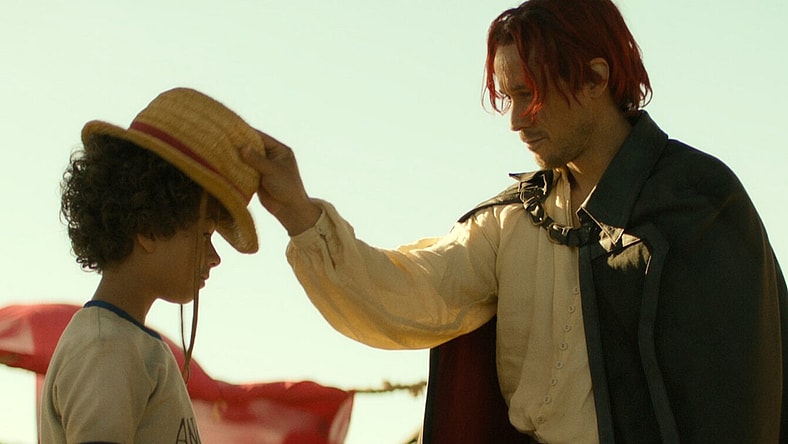
According to series co-showrunner Steven Maeda, one of the main differentiators between Netflix’s One Piece and other live-action anime adaptations is that the production team on his series aimed to “pay the right amount of attention to the fan base” – a level of respect which he hopes will earn them a bit of grace concerning what supposedly few changes they made in translating the manga’s original story to a completely different medium.
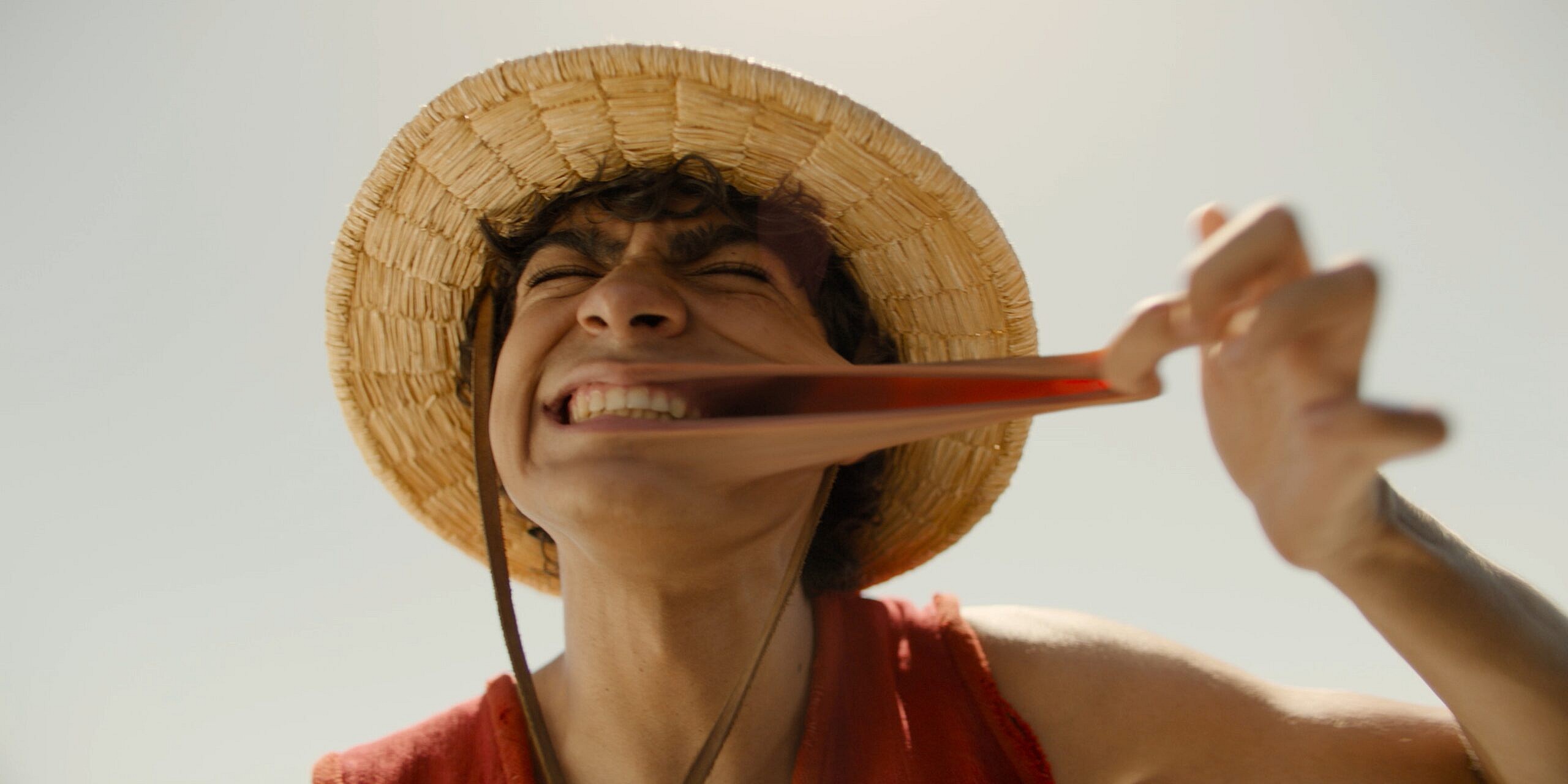
The live-action One Piece boss opened about his team’s production philosophy during an August interview given to Screenrant ahead of the series’ premiere.
(Author’s Note: Since this article’s publication, the interview has been either deleted or hidden from both Screenrant’s site and Google Cache.)
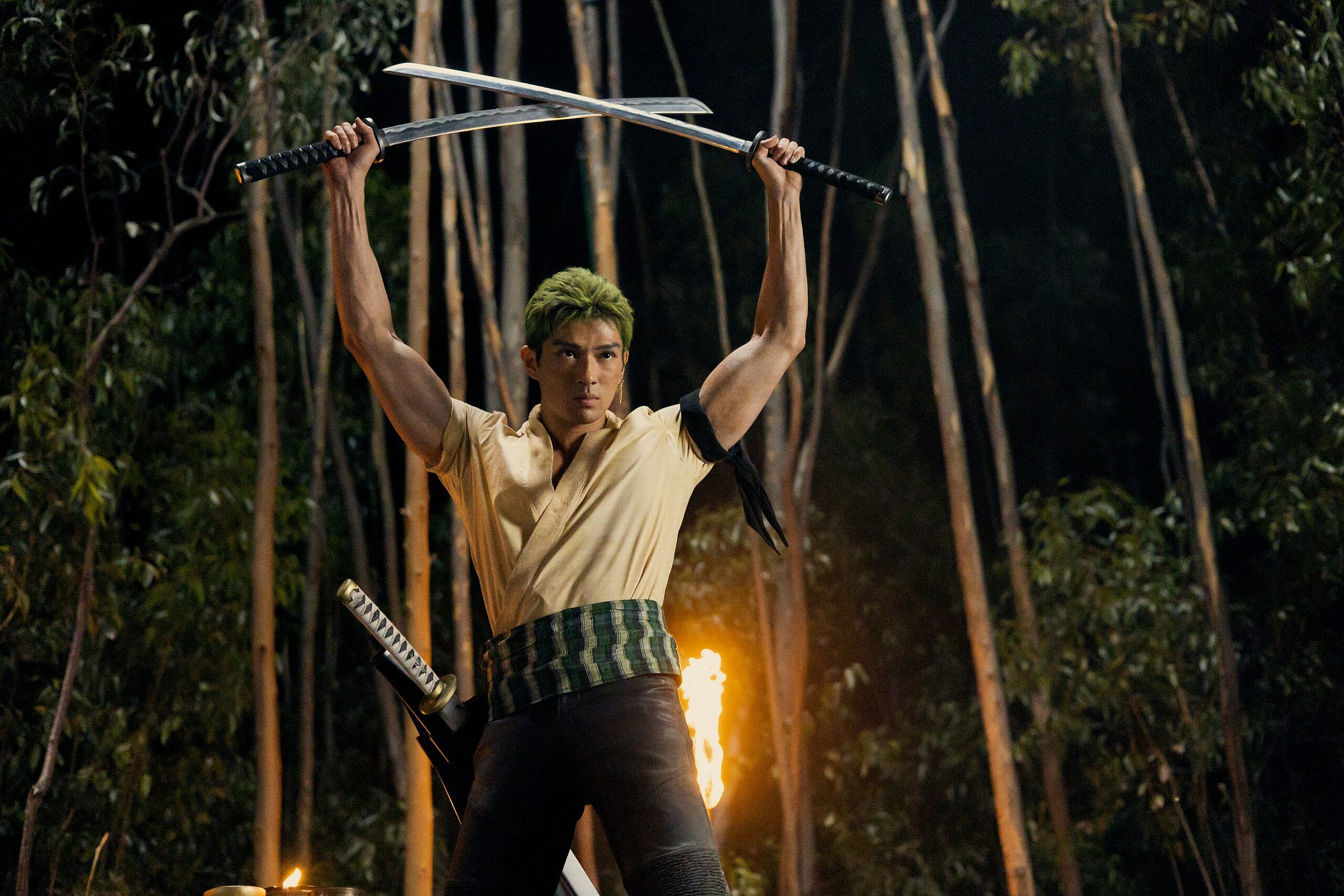
First broaching the topic after being asked by the outlet’s Grant Hermanns, “What were the main challenges of adopting such a popular story, and one that comes from such a different medium?”, Maeda began his reflection by asserting, “Yeah, I would say the biggest challenge was finding the balance.”
“That was the biggest from the get go with the writing, with what stories to tell, and how to tell them and how to break them up over a season because obviously, when the manga was written, it was not with an eye toward an eight-episode television season,” said the showrunner. “And so I had to reframe that and kind of figure out okay, what’s a good beginning, middle and end to the season that has really interesting storytelling character arcs and motion.”

“It was finding that balance, and then also the balance between the hardcore fans who love every moment and every minutia, you know, every detail and minutia of One Piece, but also how do we rope in new fans who have no idea what One Piece is?” he continued. ‘Who are saying what is this crazy show with a pink pirate ship and a guy with stretchy powers? What’s that about? And so the hardest thing and still I think the hardest thing is finding that balance.”
“I’ve worked on some popular shows but they had nothing like the fan base of One Piece,” Maeda added. “People are so passionate and they’re so terrified of you know, ruining their favorite manga that, you know, I felt a huge sense of responsibility to them.”

Following further discussions regarding his experience working with One Piece creator Eiichiro Oda himself and his favorite moments from the series, Maeda was then pressed for his thoughts on what he considered to be “some of the hardest moments in this journey”, to which the showrunner picked up where his above comments left off and recalled, “I think the hardest part was getting the scripts right.”
“Getting them right for Netflix, getting them right for Oda-san, getting them right for us,” he detailed. “And it was definitely a journey in trying to find that balance, trying to figure out how much fanservice to pay, where to make changes, are those changes going to be okay, and how to keep alive the emotional content of those scenes. So even if a scene is not exactly as it was in the manga, you still feel the same emotion that you felt when you first read it, whether that’s you cry, you laugh, you’re excited, thrilled, or scared. The whole point was to try to bring up that emotion. Even if something wasn’t a one-to-one, that was a huge challenge.”
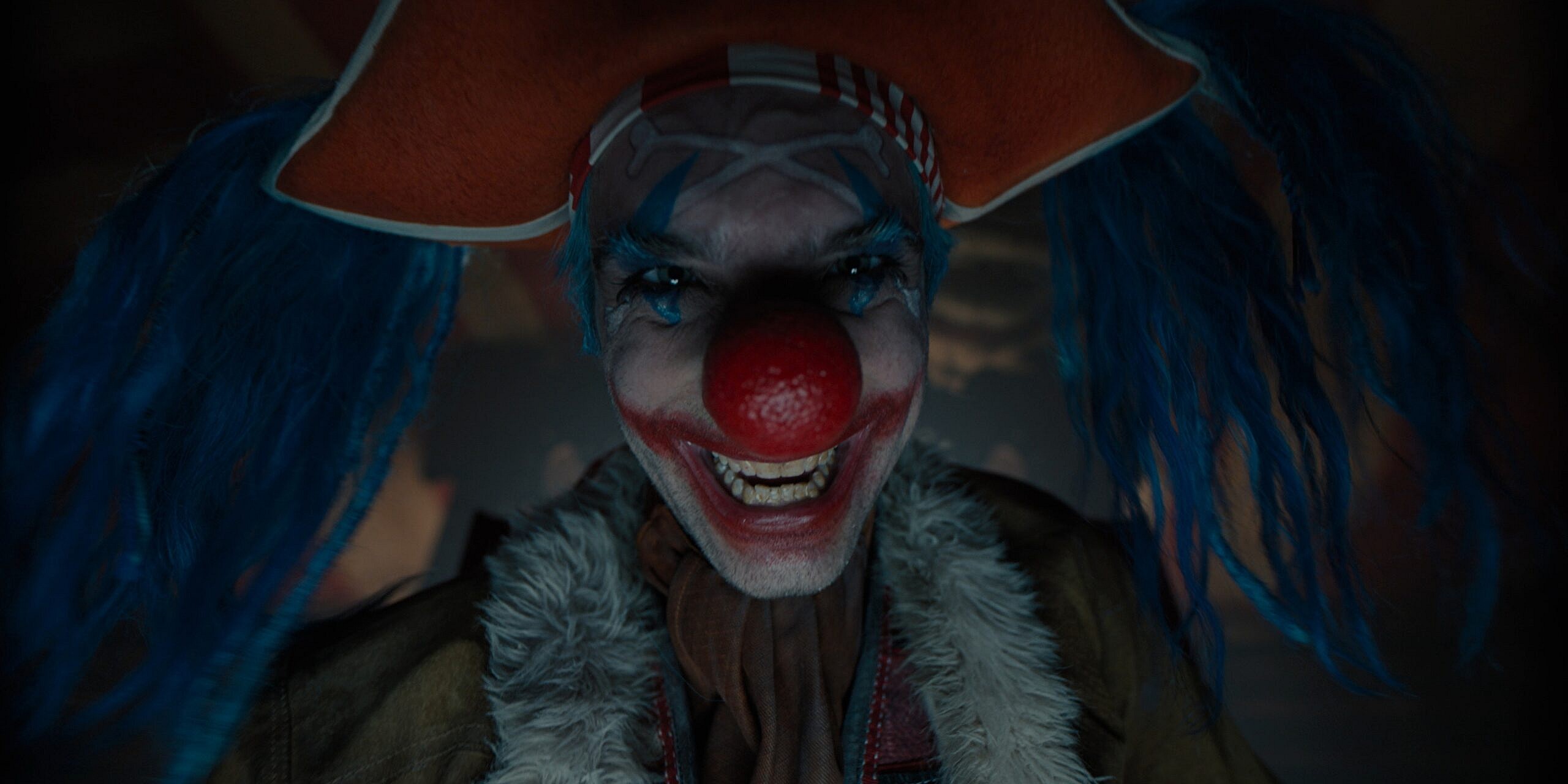
Turning to address the elephant in the room, Hermanns would then raise the spectre of Netflix’s abominable takes on both Cowboy Bebop and Death Note, inquiring as to what lessons, if any, Maeda had learned from those productions’ objective failures.
“Yeah, I think that the whole thing that there has never been a successful anime adaptation is a little overblown,” Maeda opined to his interviewer. ” It’s true, and yet at the same time, those were all different people who were working on their shows, it really wasn’t the same group failing again and again and again.”
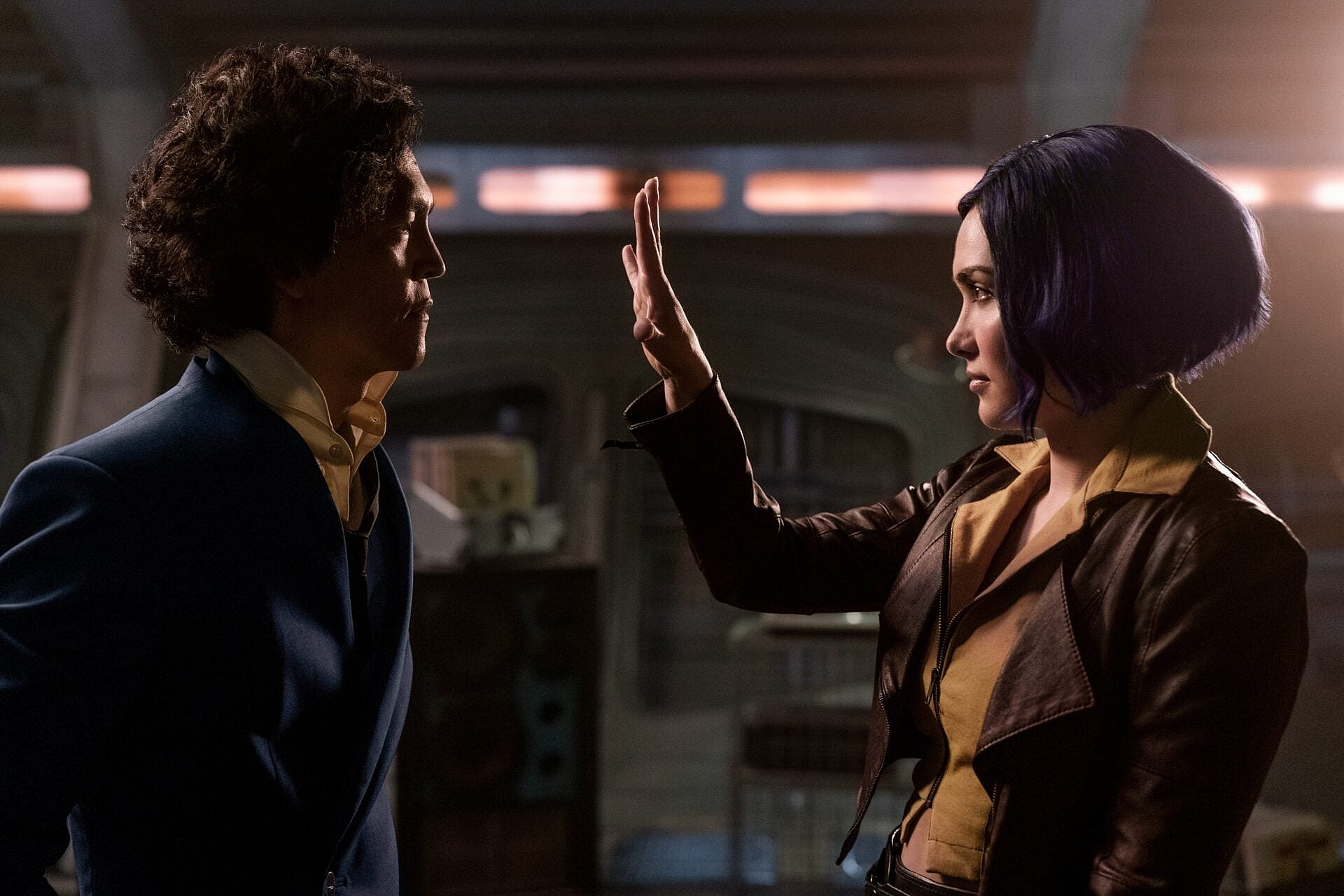
To this end, Maeda then explained, “I think we just had to have the courage to say, ‘Hey, you know what, this one’s going to be different. And if we pay the right amount of attention to the fan base, and to keeping those Easter egg moments alive and really giving people a lot of the texture of the One Piece manga and some of the anime, then we will be forgiven for the new stuff that’s added,’ And I certainly hope that’s the case.”
“Because, again, we never set out to do a one-to-one, but wanted to be very faithful to the source material,” the showrunner elaborated. “And at the same time, tell a story that was never intended to be told when Oda-san first wrote the manga, which is an eight-episode TV season, that has to have its own kind of rise and fall, and the manga was never structured that way.”
“So of course, it’s not going to have that,” Maeda concluded his thoughts on the topic. “So it was finding those kinds of emotional points and the book ends and signposts to be able to kind of direct you through an episode or season rather, of television.”
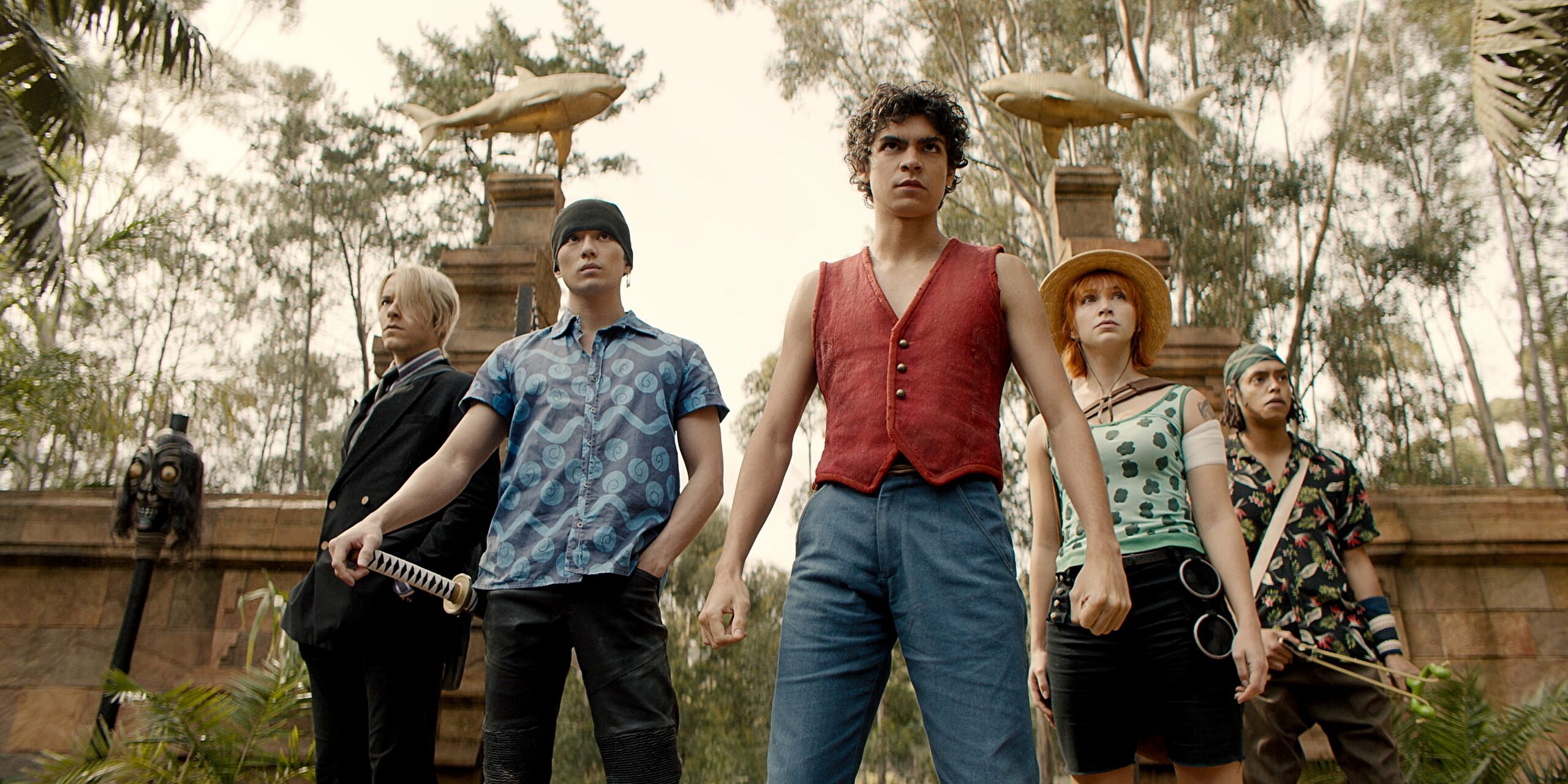
Notably, Maeda is not the only member of One Piece‘s production team to have learned such a lesson from Hollywood’s past live-action-anime-hubris.
Reflecting on the widespread panning of Cowboy Bebop, One Piece producer Marty Adelstein, who served as an EP on both anime adaptations and whose Tomorrow Studios produced them, admitted to Variety’s Jennifer Maas, “What we learned is the fans are expecting you to be true to the source material.”

“As we read the comments [in response to Cowboy Bebop], it was always, ‘Well, they didn’t do this character the same as this and that’,” he explained. “It really taught us a lot of what we needed to do with this one.”
Likewise, Tomorrow Studios President Becky Clements told Maas, “It became everyone’s goal to make sure that when you looked at [One Piece], you thought this was a live-action version of the manga that just felt like another feather in the legacy of Oda. That people just get to see it in another genre, but still have the same reaction and feeling towards the narrative.”
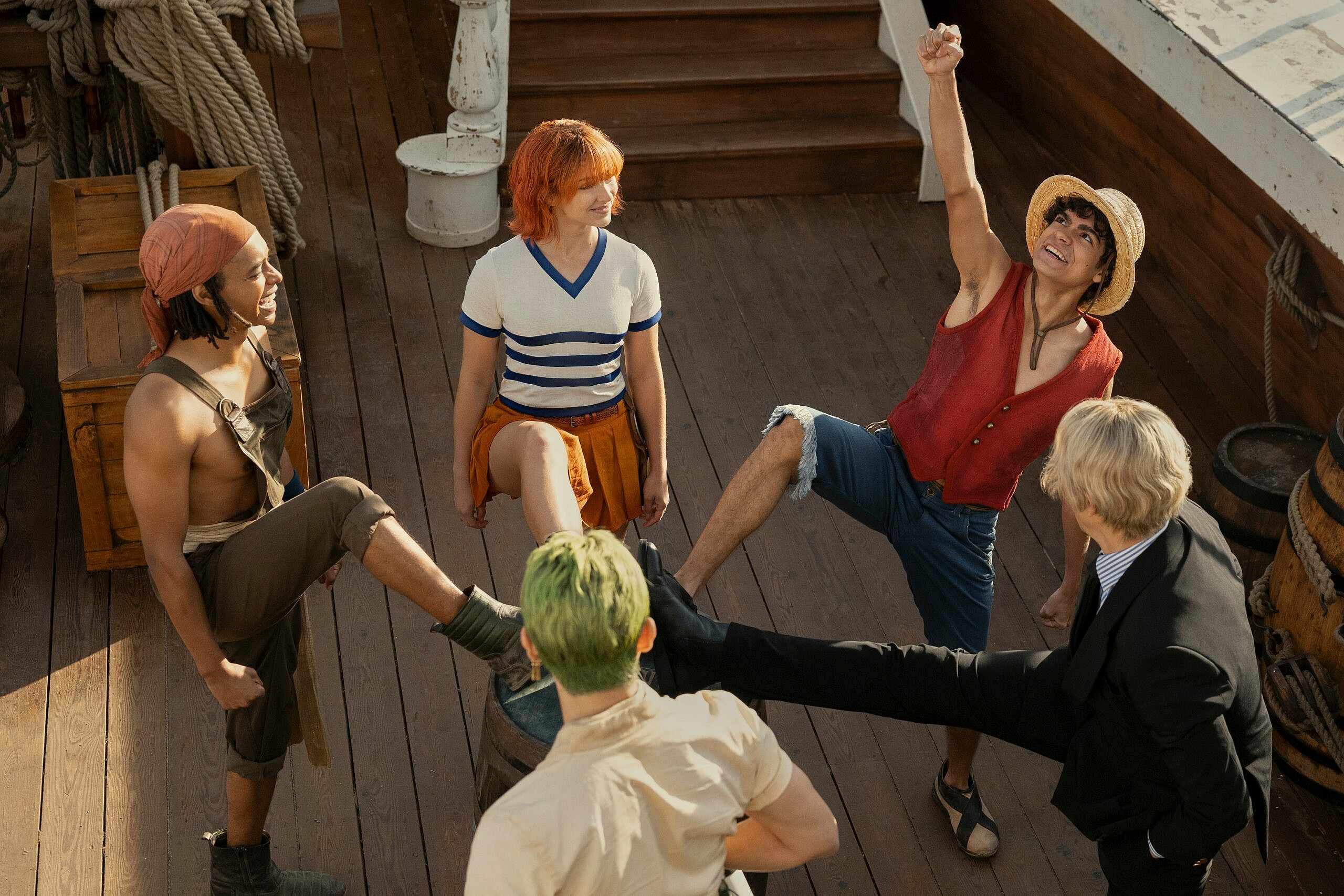
At current, Netflix’s live-action take on One Piece is set to let its flag fly on August 31st.
